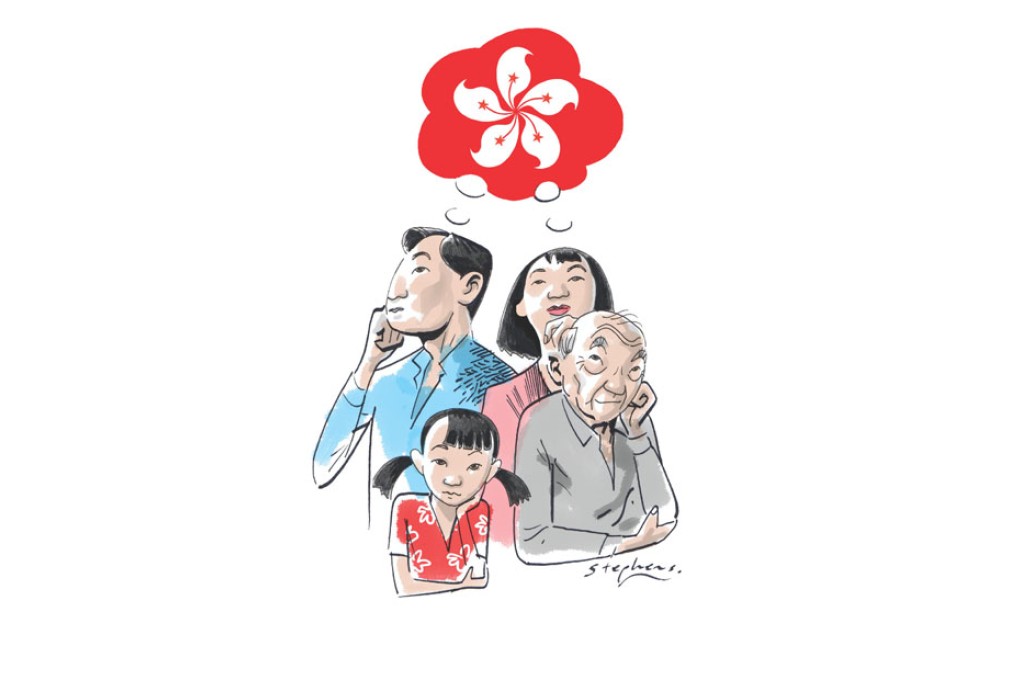A greying Hong Kong must grow more nimble to survive
Carrie Lam says to meet the collective challenge of an ageing population, Hong Kong must pull together to groom a workforce that is not only bigger, but also fitter and more diversified

Yesterday the Steering Committee on Population Policy started a four-month public engagement exercise to collate views on Hong Kong's population policy. It seeks to bring the city up to date on the population challenges we face, deepen public understanding about the issues involved, and seek community consensus on broad policy strategies to manage the challenges.
The latest projections show that our population will age faster than previously expected. By 2041, almost one in three of Hong Kong's population will be aged 65 or above. Life expectancy at birth will increase to 84.4 years for men and 90.8 years for women.
Our labour force will peak at 3.71 million in 2018 and start to decline. The labour force participation rate will drop from 58.8 per cent last year to 49.5 per cent in 2041.
Our total fertility rate, despite an encouraging uptick from the trough of 0.9 children per woman in 2003 to 1.3 last year, will remain low. Taken together, the higher life expectancy and low birth rate will mean an upward trend in our total dependency ratio, from the current 355 dependent persons for every 1,000 working-age persons to 712 per 1,000 by 2041.
The government is very alive to these demographic challenges. Two reports, released respectively in 2003 and 2012, have highlighted some issues of concern and recommended measures to tackle part of the problem.
I encourage all Hong Kong people to think in terms of real longer-term benefits for this city
This year, the Working Group on Long-Term Fiscal Planning was set up to explore ways to make more comprehensive planning for public finances to cope with a range of challenges, including an ageing population. The Commission on Poverty is looking into how we may improve our retirement protection arrangements, while plans for meeting people's housing needs are set out in the Long-Term Housing Strategy.